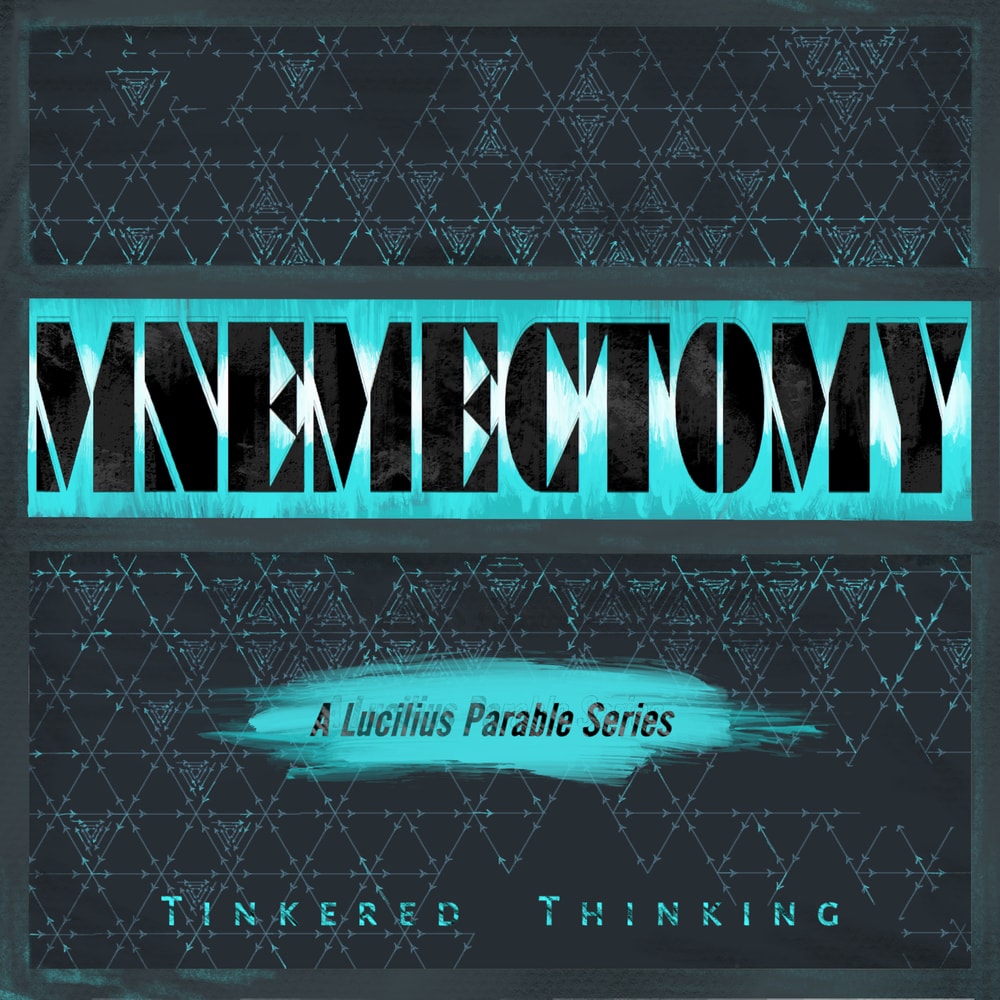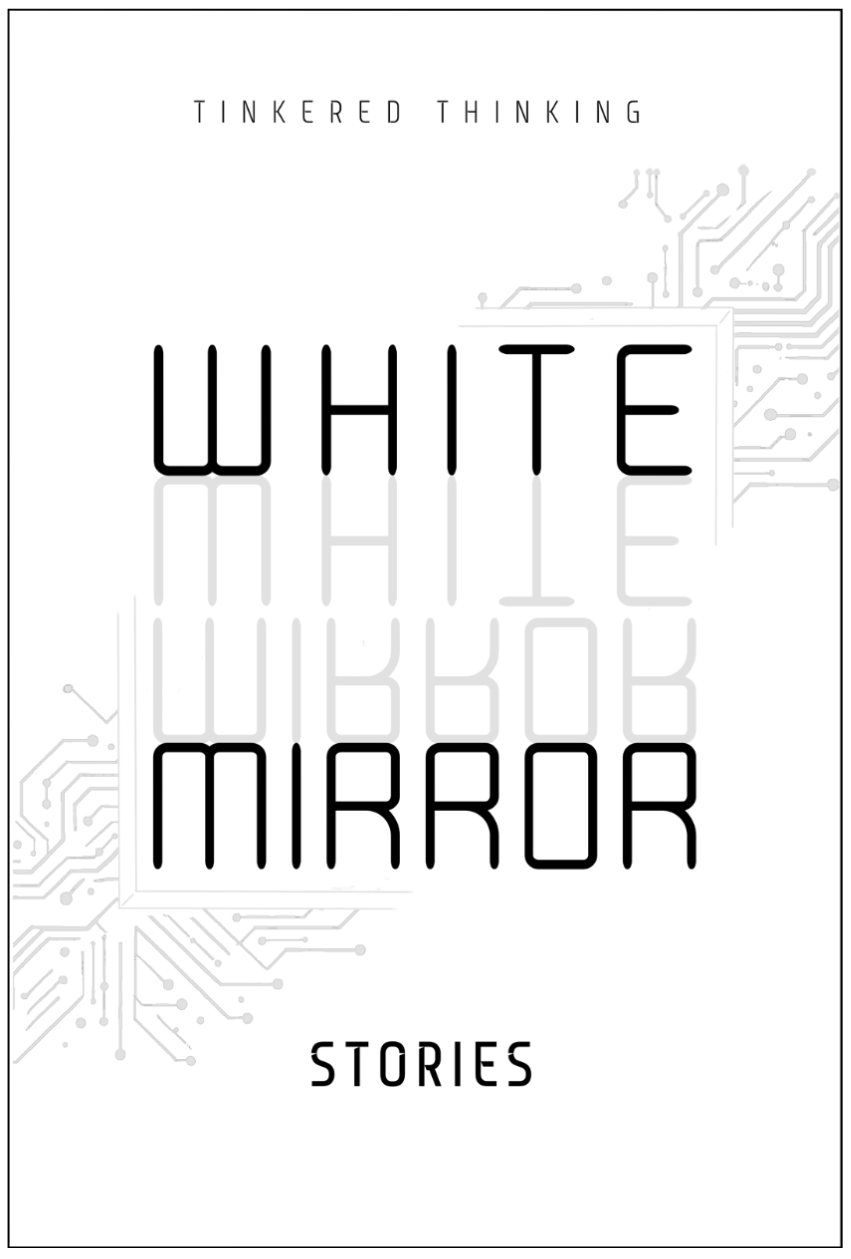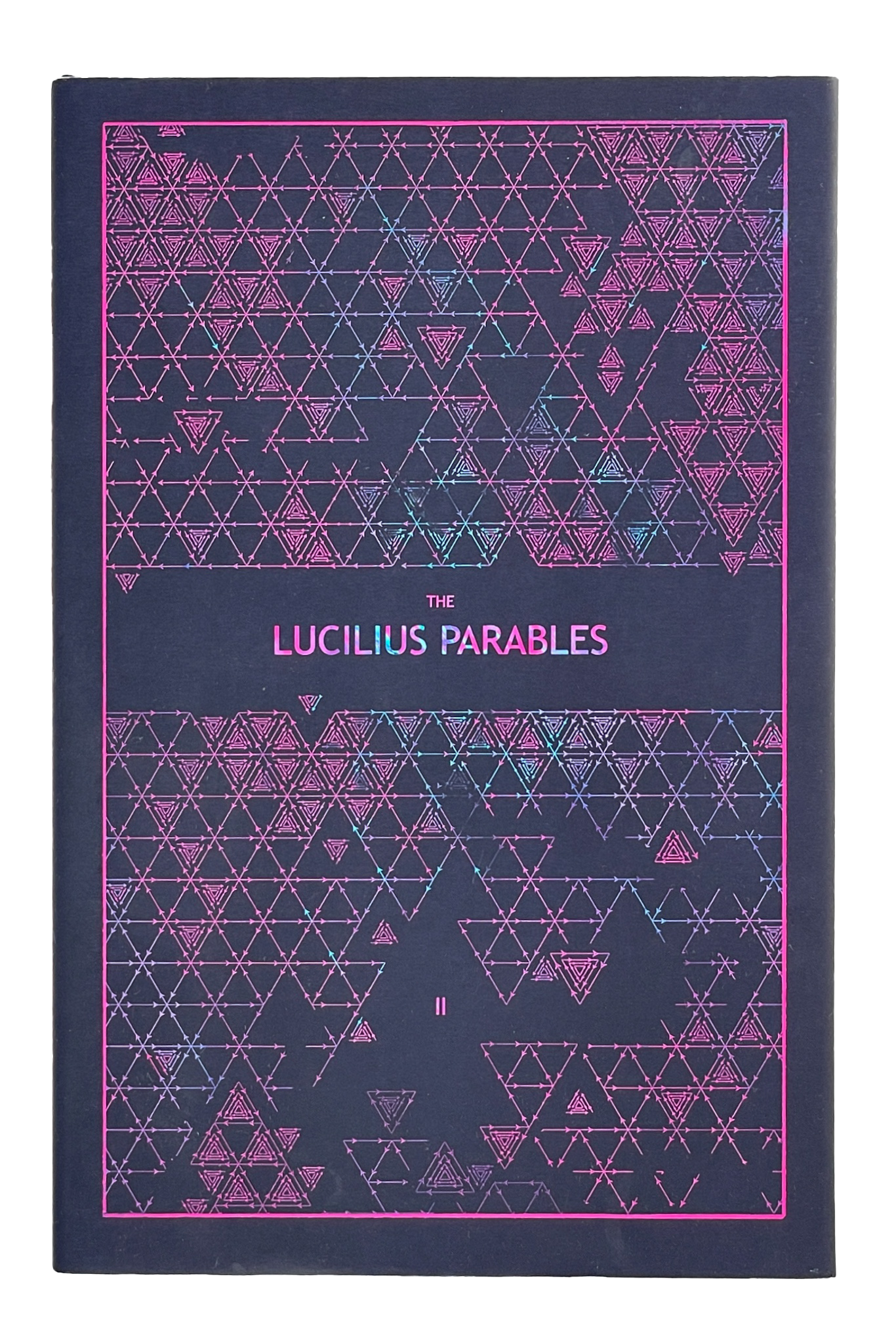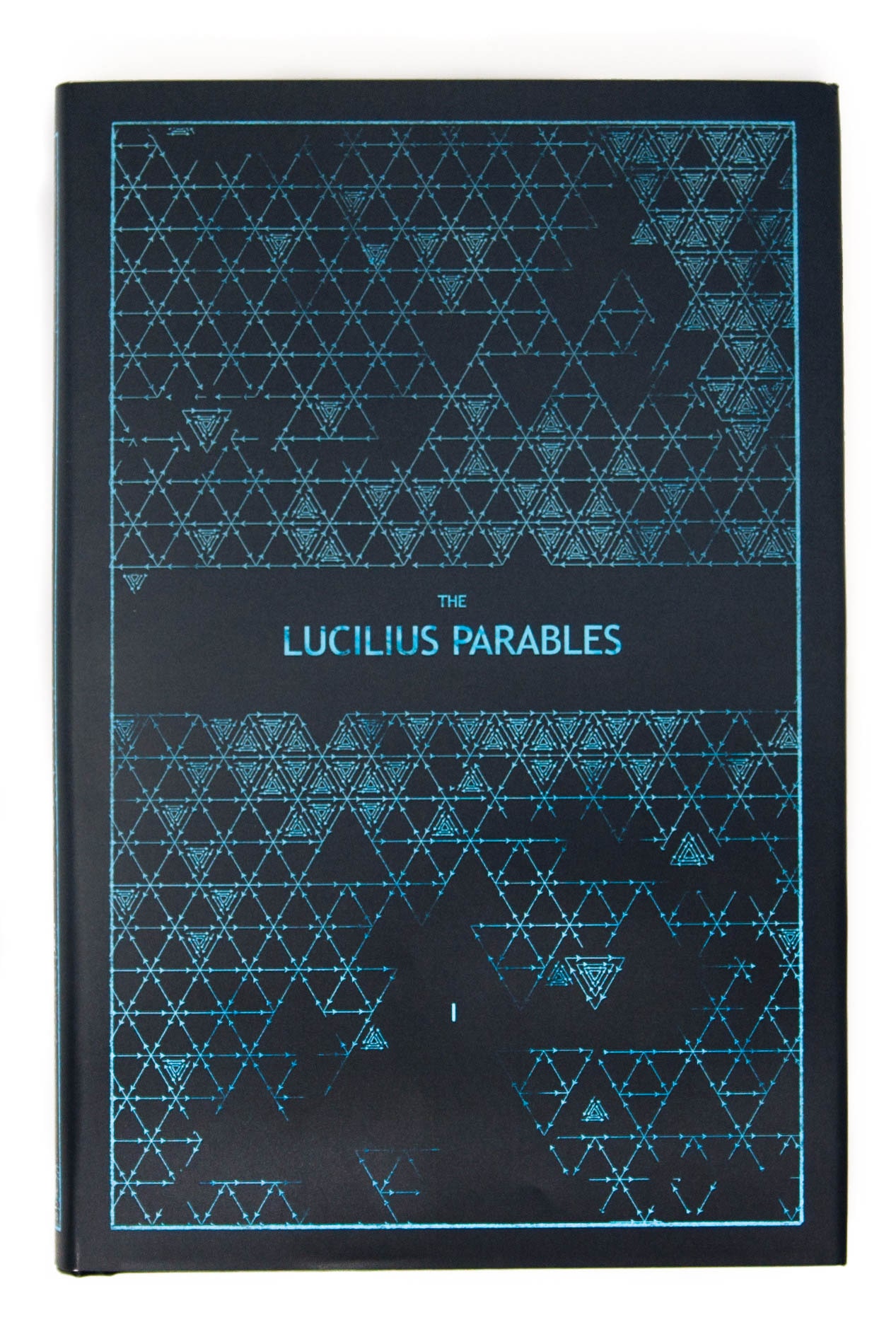Daily, snackable writings to spur changes in thinking.
Building a blueprint for a better brain by tinkering with the code.
subscribe
rss Feeds
SPIN CHESS
A Chess app from Tinkered Thinking featuring a variant of chess that bridges all skill levels!
REPAUSE
A meditation app is forthcoming. Stay Tuned.
GASLIT LIAR
August 14th, 2019
Memory is problematic. It bends, warps, disappears, and mutates into all sorts of things that we have not necessarily experienced. This is both opportunity and ultimately the downfall of a person who does not practice honesty.
Insidious people can gaslight other people through lies because those people have inherently imperfect memories that cannot combat another suggested version of reality with perfect fidelity.
This questionable memory is the thin edge of the wedge for a gaslighter. And the only real weapon against such tactics is honesty. Certainly an honest person is still at risk to the machinations of the gaslighter, but consider the alternative.
The one who lies, either casually or intensely now has to try and keep track of two realities: the truth and the one they’ve created. Compound this with our imperfect memory and suddenly the liar has more potential cause to wonder what is what. The liar has to compare the potentially fictional attack of a gaslighter against their memory of reality and their memory of what stories they’ve spun up in that reality.
There’s simply more ground upon which to doubt one’s self.
Reality is difficult enough to keep track of without a fictional version, and this is how an honest person minimizes the risk of being gaslit by some sort of sociopath.
Even better, the honest person has the ultimate tool in which to test a gaslighter’s story: that is… reality. The key here is an emotional one: effective liars convince based on the emotions they display and manipulate in order to sway the course of story that is being created. If an honest person can pause, and simply recognize this influencing and potentially intoxicating factor, it becomes much easier to ask ‘what is what’ from a dispassionate standpoint. The story of the gaslighter can then be tested against reality instead of one’s own memory. We can look up a fact, an event, or talk to other people. There are many points upon which to ping the story against.
This is perhaps a reason why Stockholm Syndrome exists. Stockholm Syndrome is when someone who has been taken captive ends up with positive feelings for their attacker. In isolation, the amount of reality a captive is exposed to is severely diminished. And figuring out what is what depends on far fewer points of contact. It’s like trying to balance a table on just two legs. It’s so easy to fall, whereas when we have the full breadth of reality afforded by a free person, there are many more points upon which to test ideas. Instead of balancing a table on two points, i.e. the memory of the captive and the story spun by the captor, a free person can consult many sources of opinion and information, and then it’s like balancing a table on a dozen legs.
Stockholm Syndrome aside, we can remind ourselves of Richard Feynman’s excellent directive:
“The first principle is that you must not fool yourself – and you are the easiest person to fool.”
If we think about this in the context of lying and honesty, we can ask:
Who is more likely to be fooled?
The honest person?
or
The one who willingly creates and entertains fictions?
-compressed.jpg)





